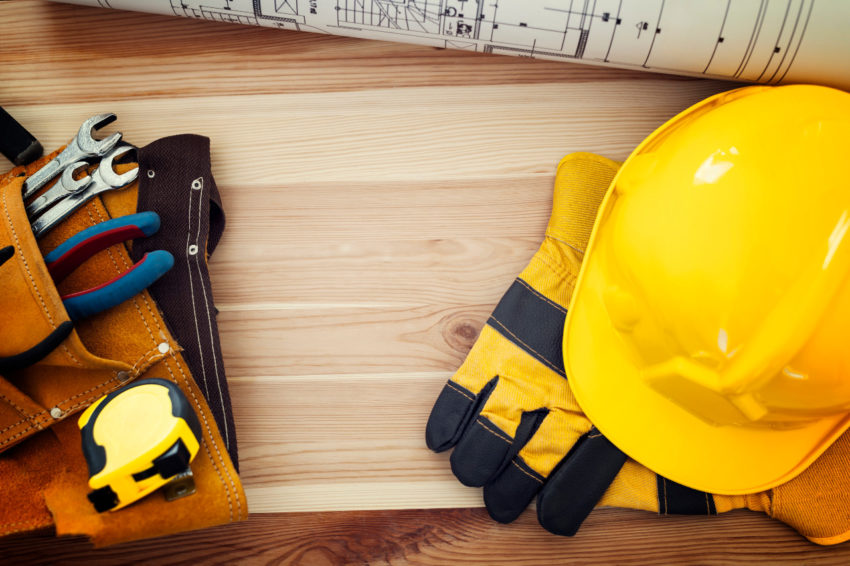Stainless hose clamps are available in a wide variety of sizes designed to meet the fastening needs of a hose of any size. As with anything with a lot of options, people are bound to have opinions as to what works the best. Unfortunately, sometimes these opinions lead to actual incorrect information being shared as though it’s fact. Here are three hose clamp myths we’ve found and why they’re simply not true.
1. Tightening the Screw More Improves Performance
Stainless hose clamps are only designed to tighten so far. Sure, it’s a good idea to ensure a firm grip by tightening the clamp properly, but this will only do so much. The biggest determining factor in how well a hose performs is actually how effective the internal mechanism is at converting that tightening into torque. If this mechanism is substandard, then the hose will perform worse as the clamp is tightened due to internal losses.
2. Nut and Bolt Clamps Perform Best
Actually, worm drive hose clamps consistently out-perform nut and bolt type clamps in factory tests. These sorts of clamps tighten more uniformly and offer a higher sealing pressure than their nut and bolt counterparts.
3. It Won’t Rust Because It’s Stainless Steel
Did you know there are over one hundred different types and grades of stainless steel? The material’s anticorrosive properties and overall performance differ, sometimes enormously, across this range. Stainless hose clamps manufactured using 304 and 316 grade stainless steel will contain a higher concentration of chromium than the standard grade stainless steel will. Items in this grade are often known for their anti-corrosive properties.
These are just three of the most common myths about stainless hose clamps. When you’re looking to buy these clamps, it’s important to have all the right information to ensure you end up with high-quality products that will work well for your purposes. So, give us a call and let us help you find the perfect clamps for your needs!


